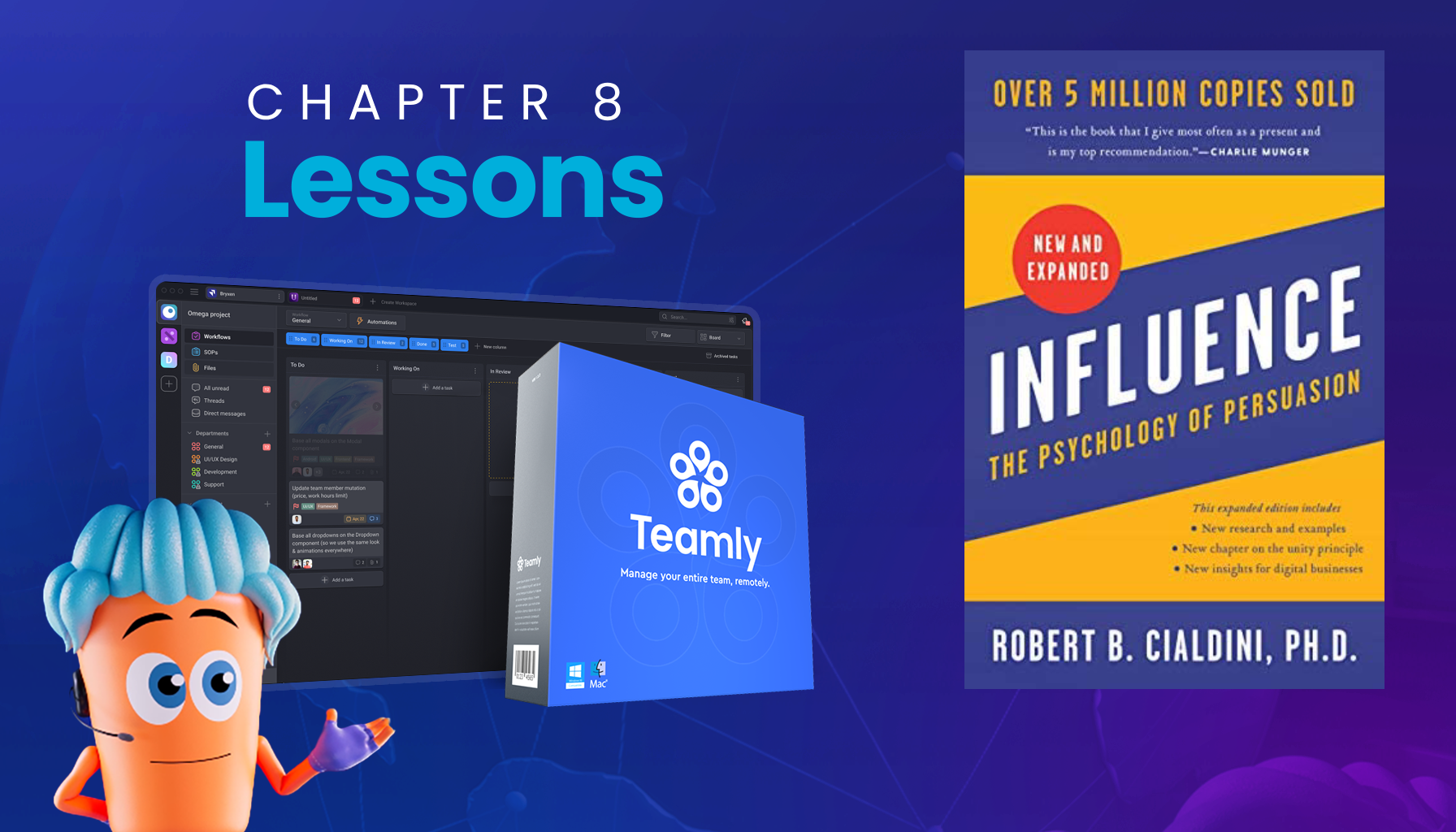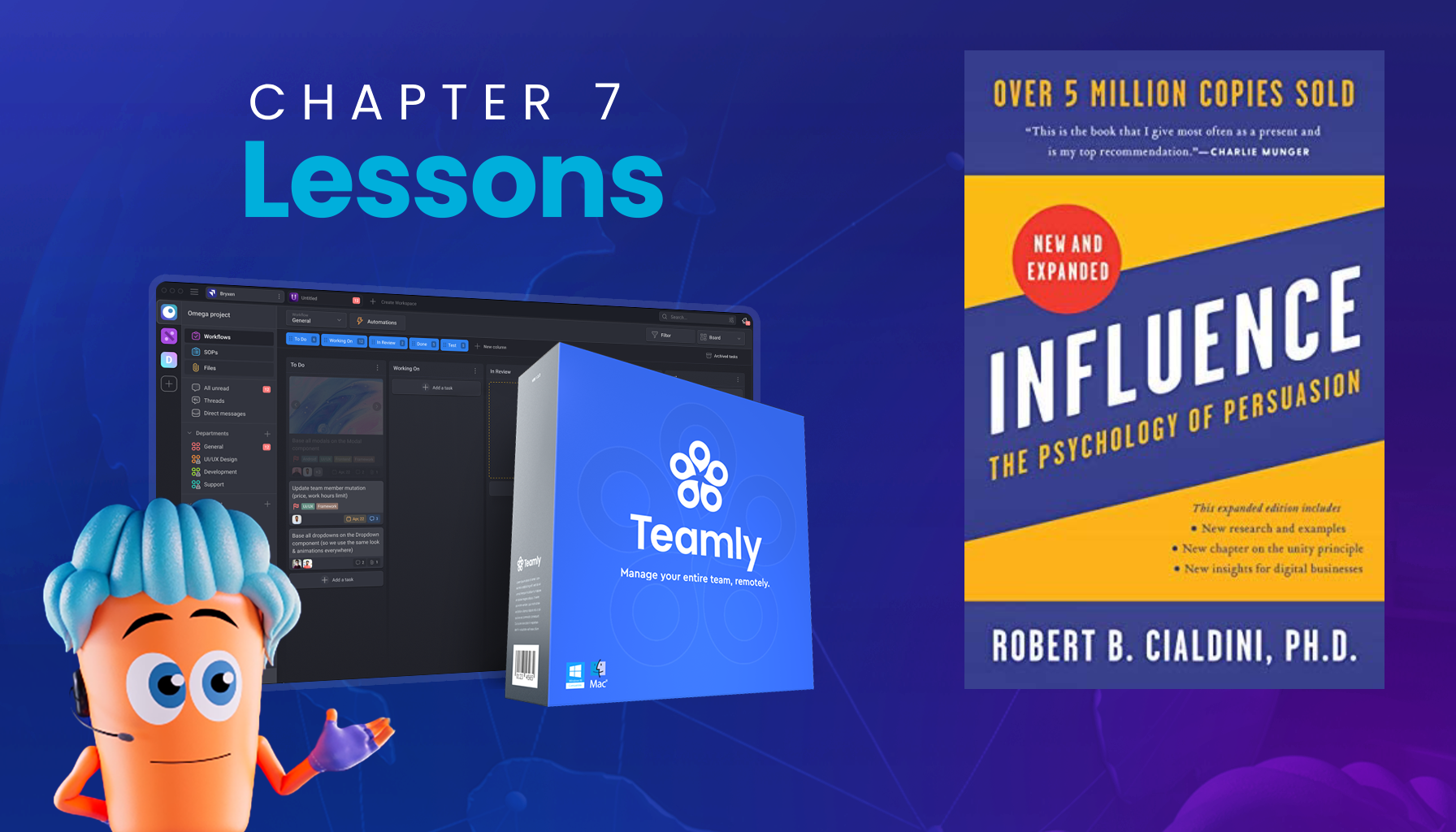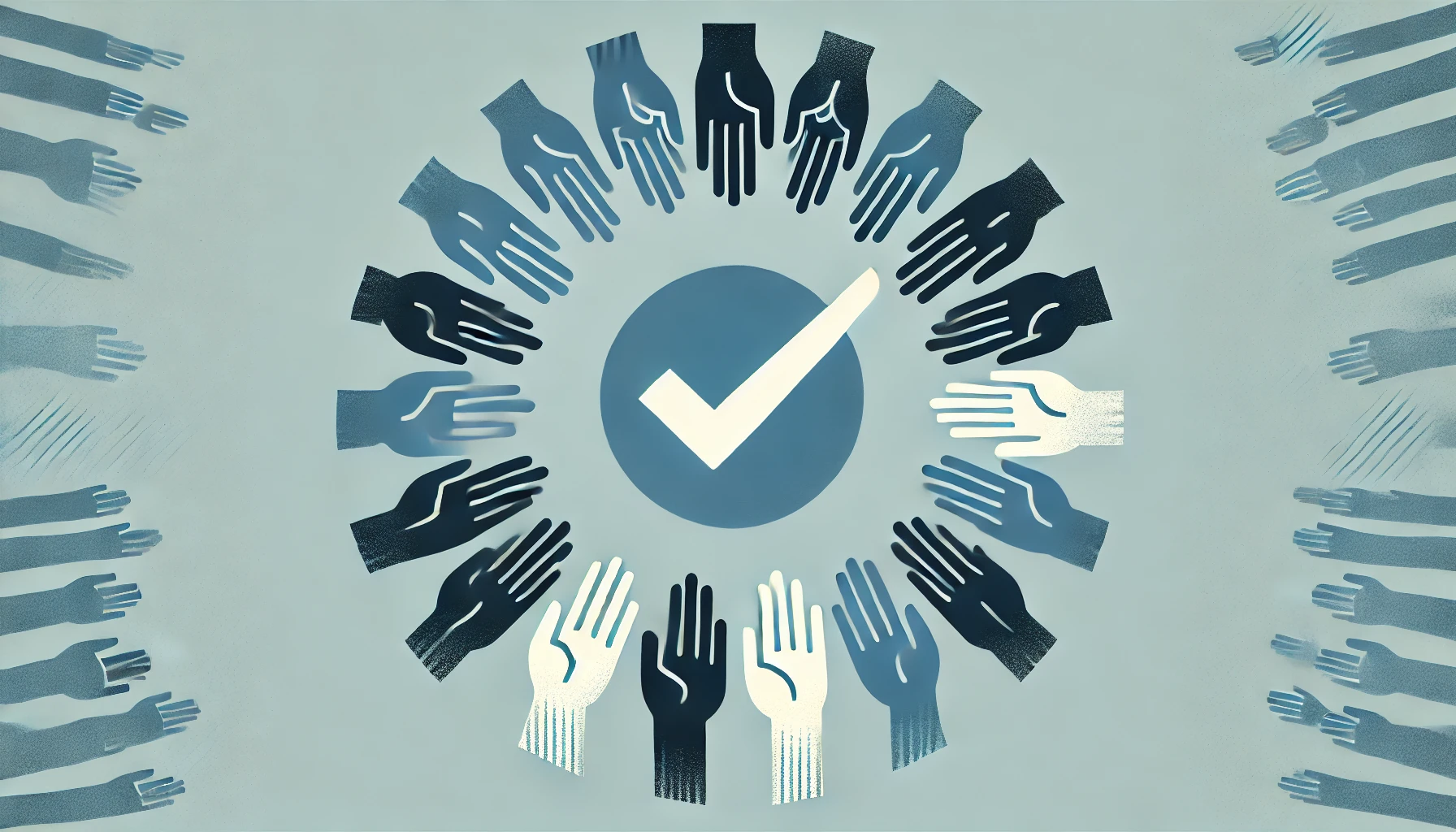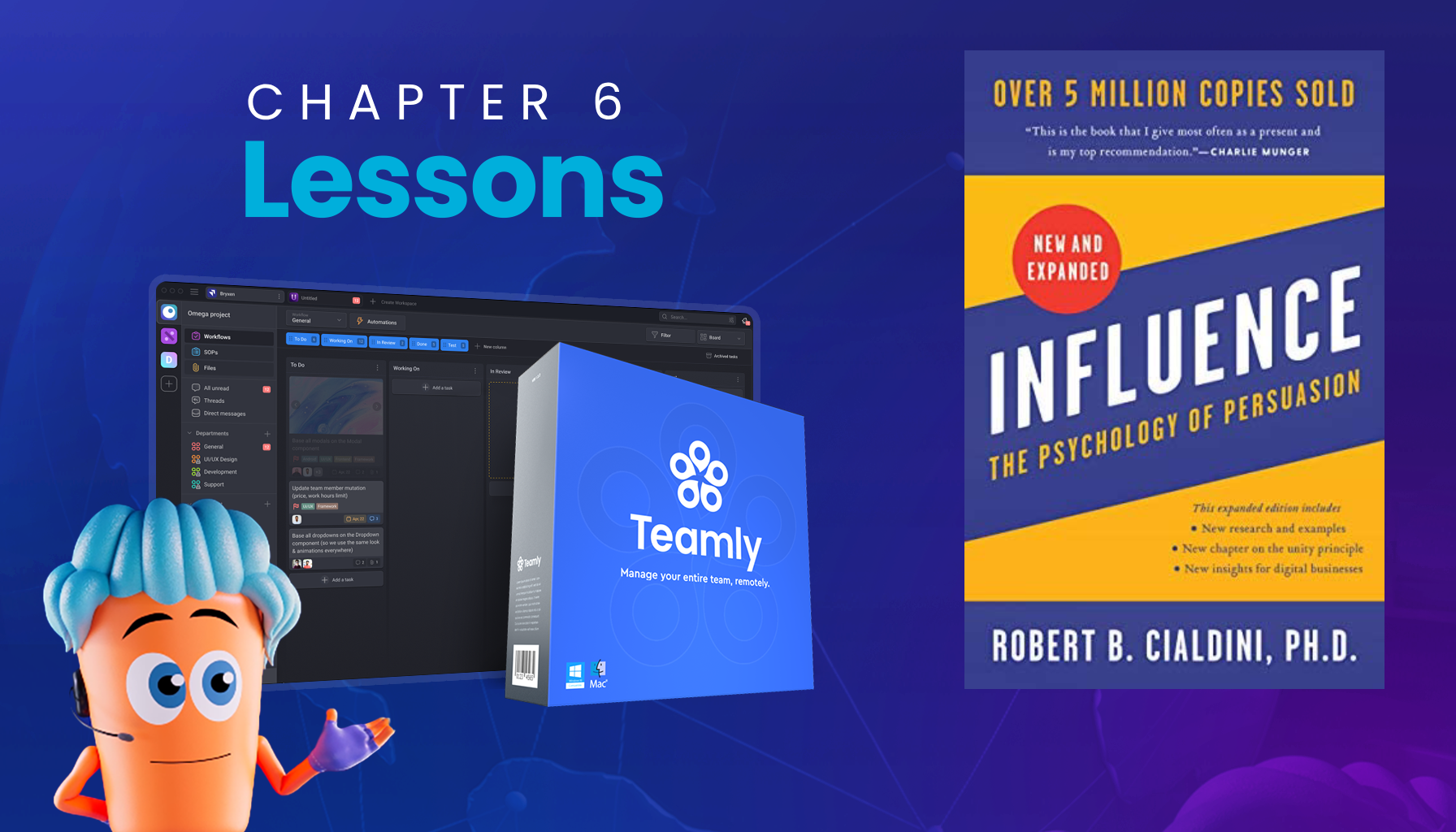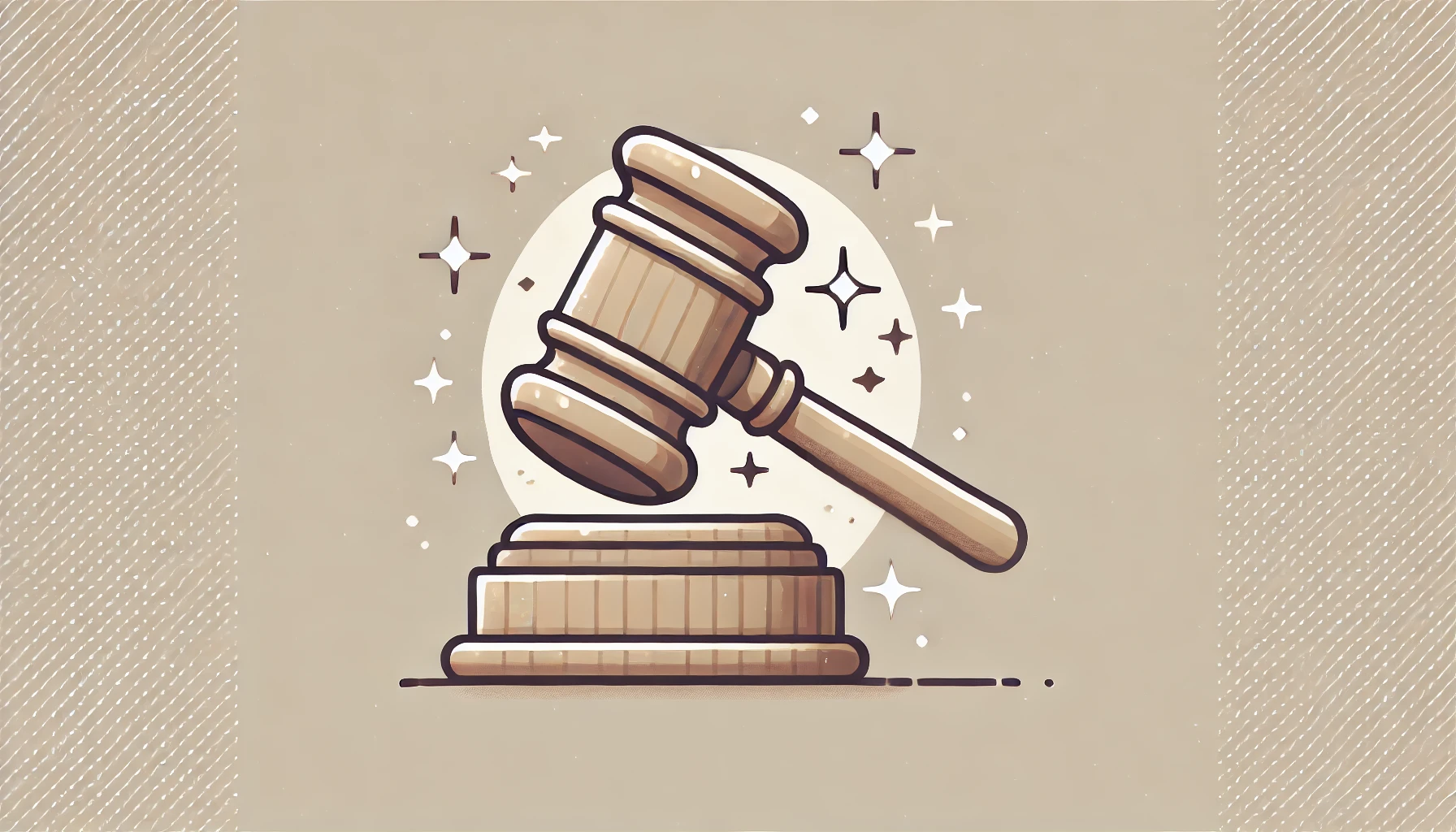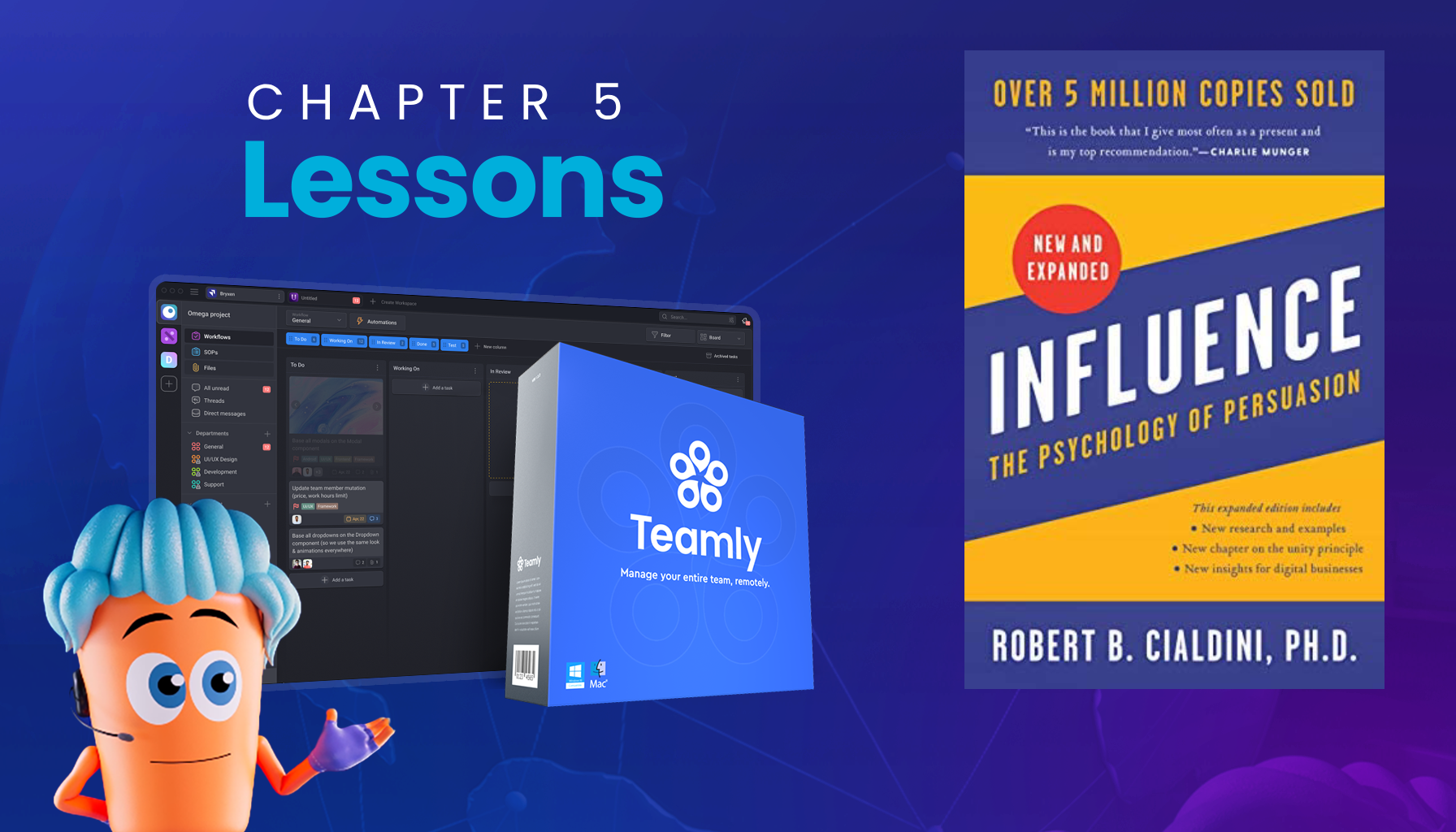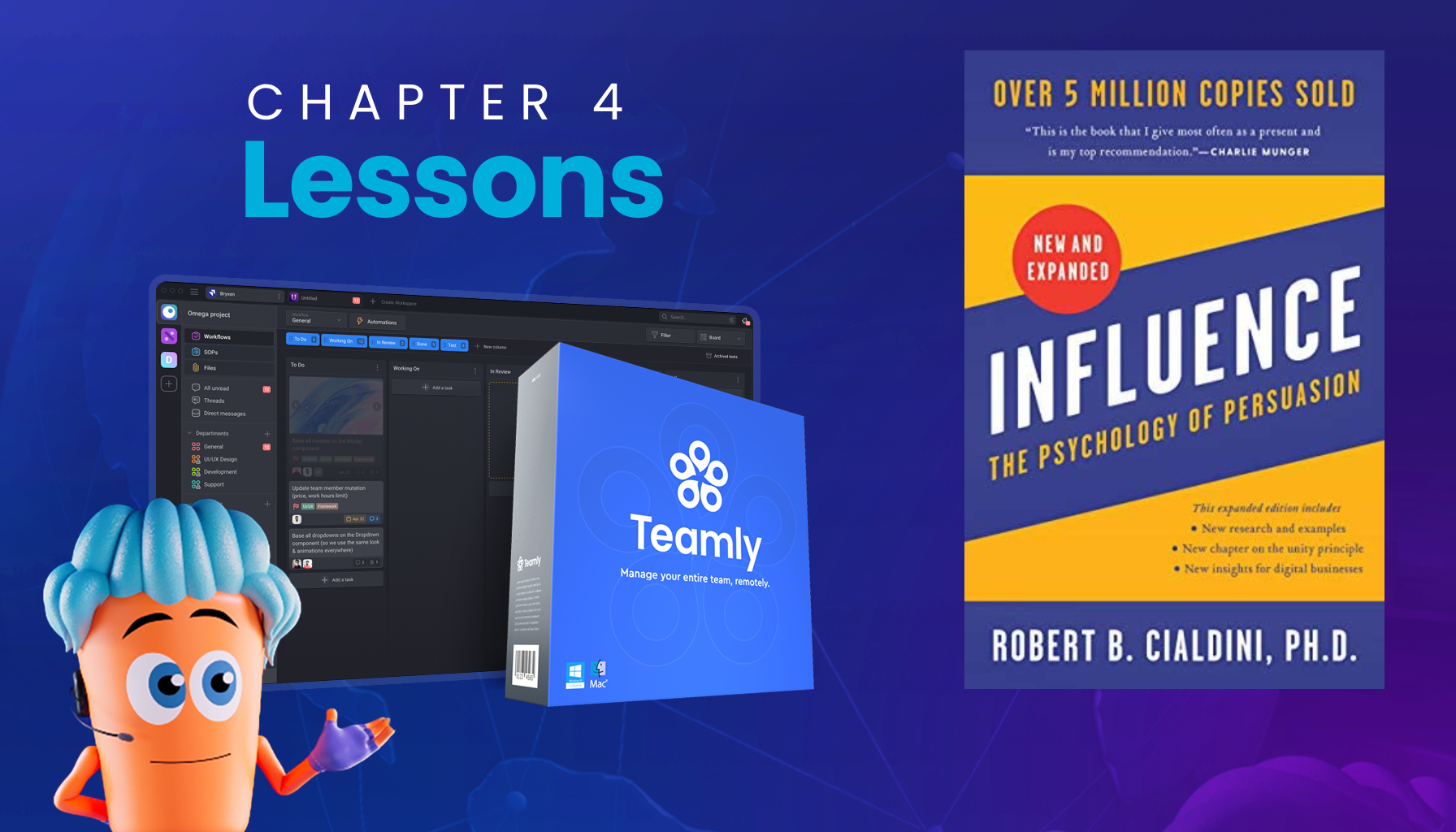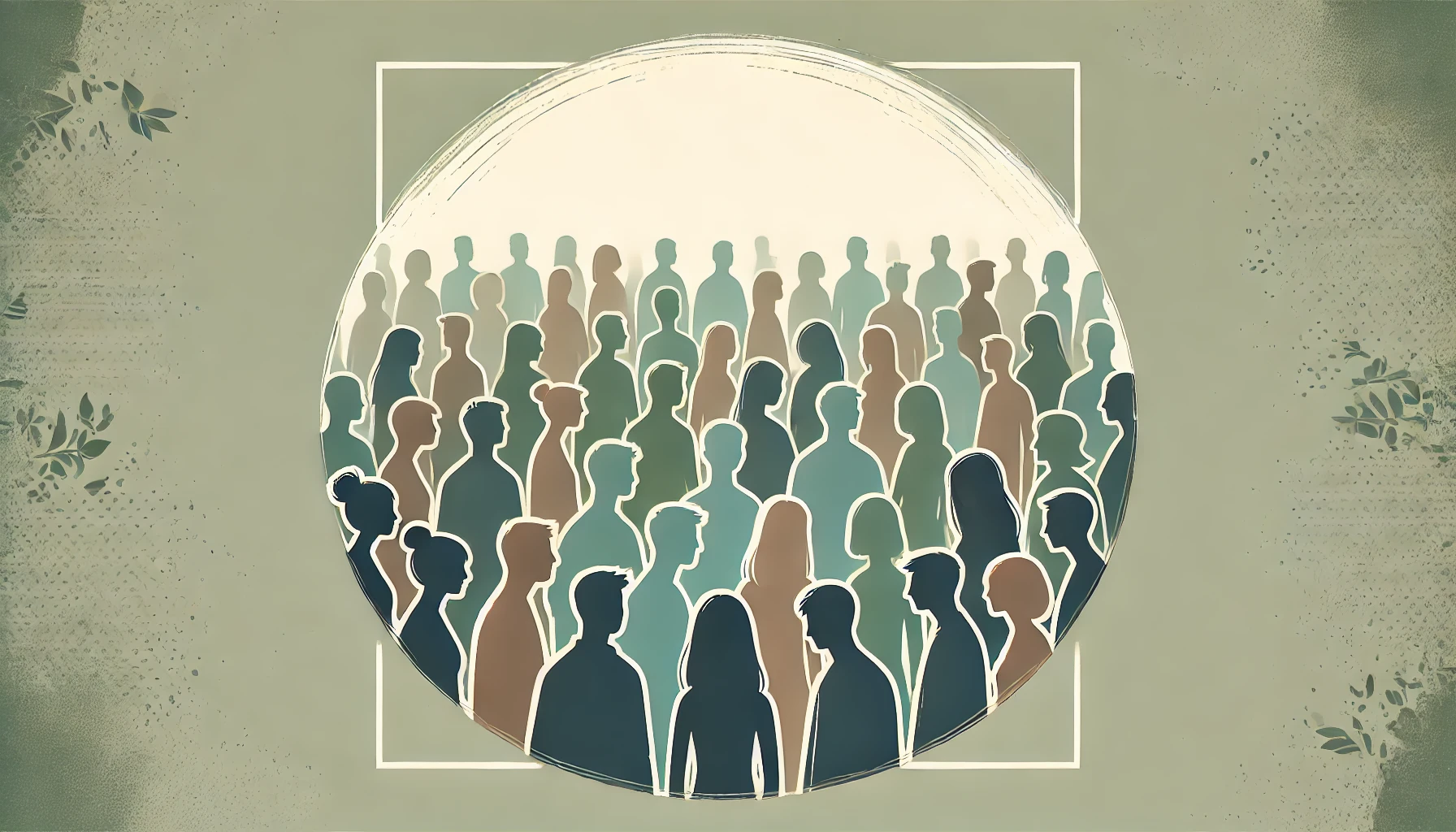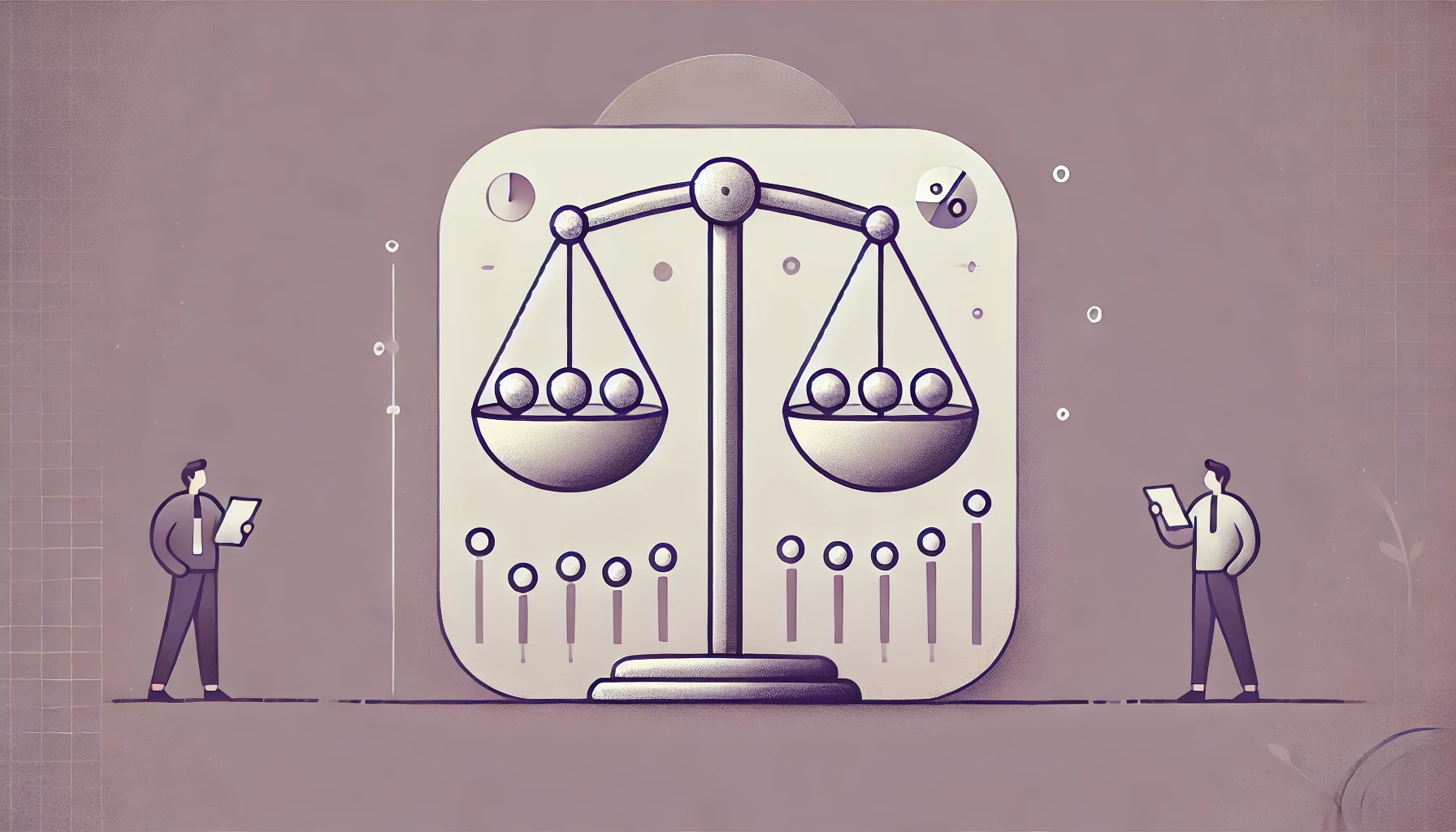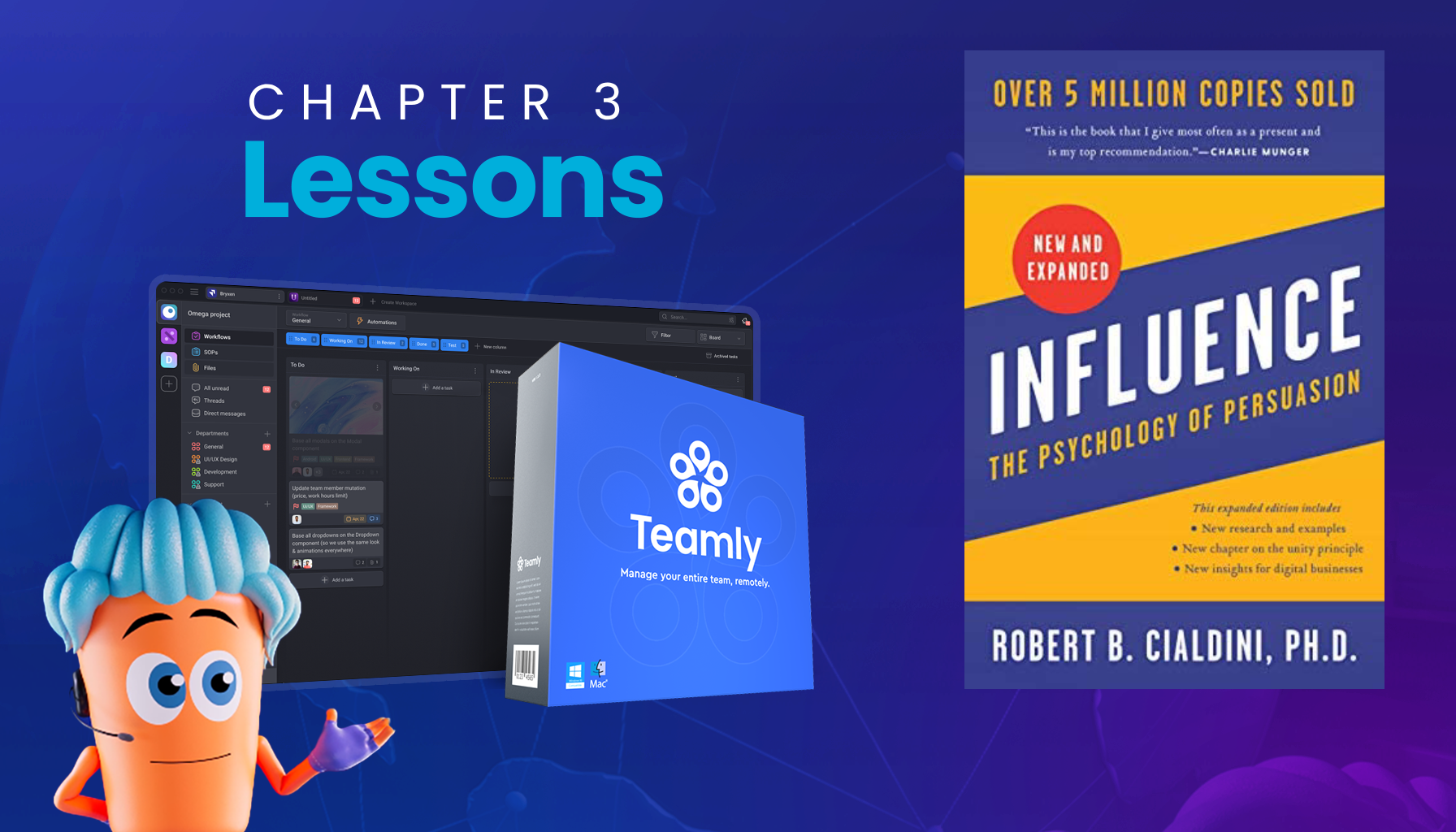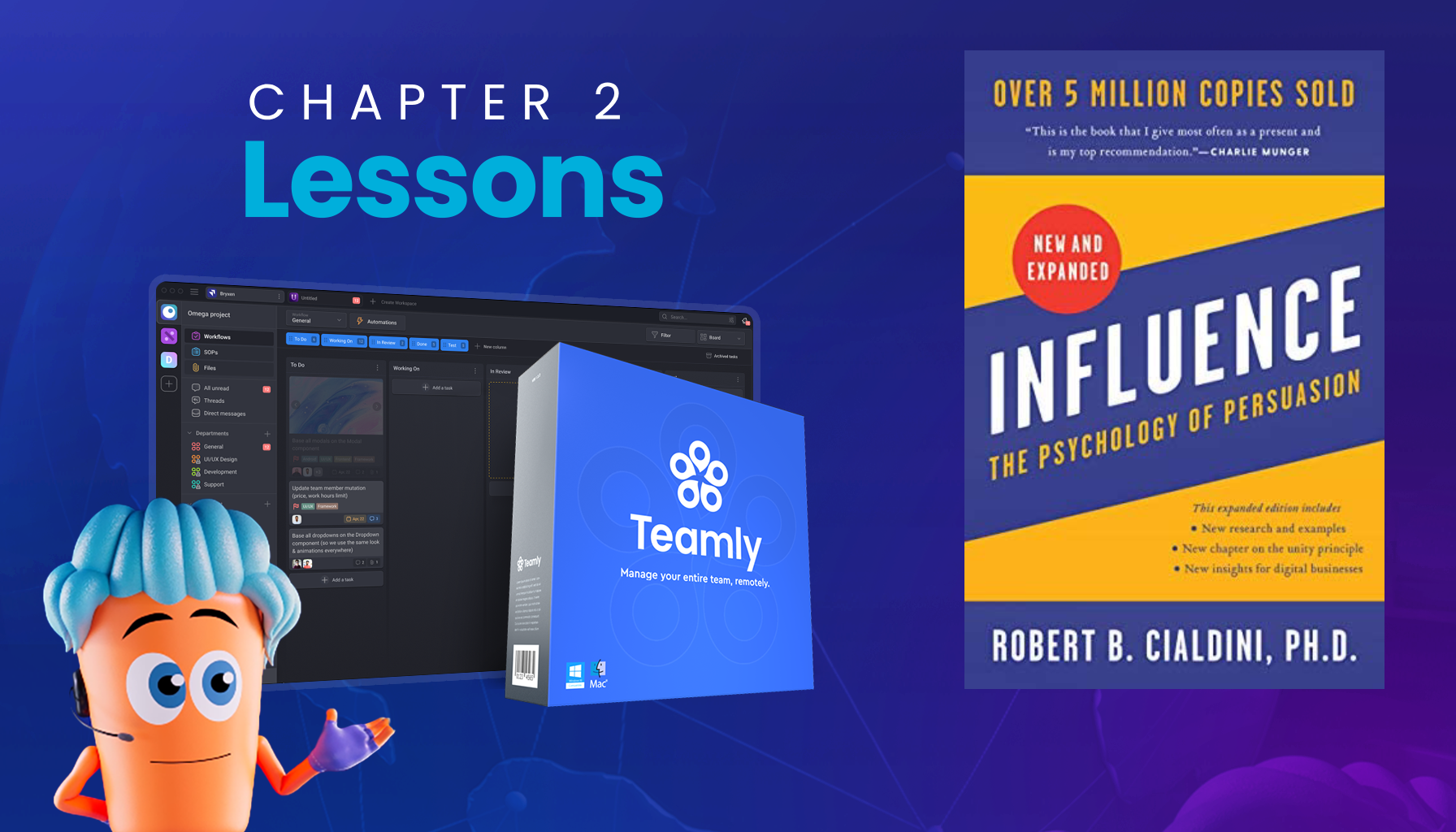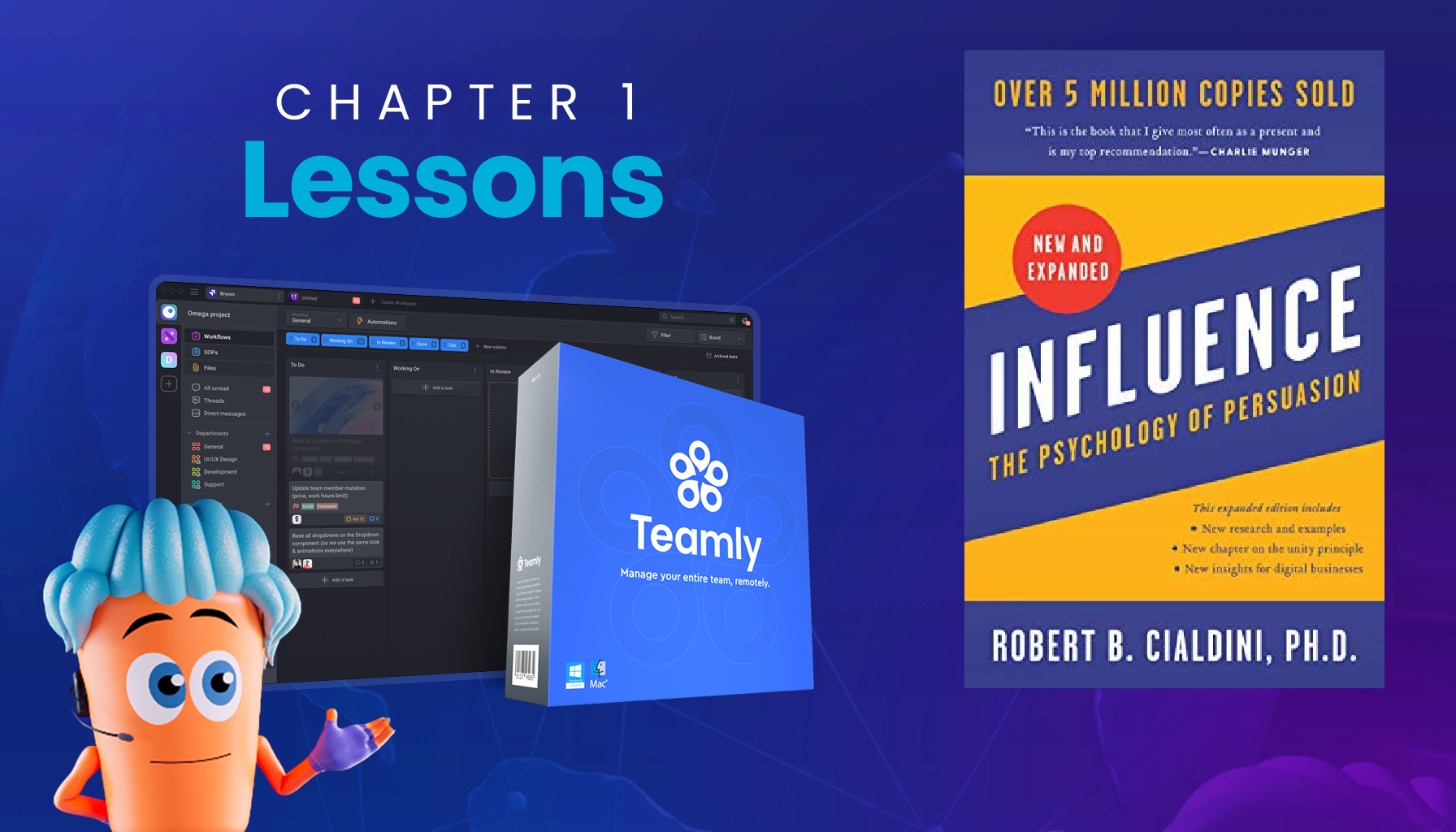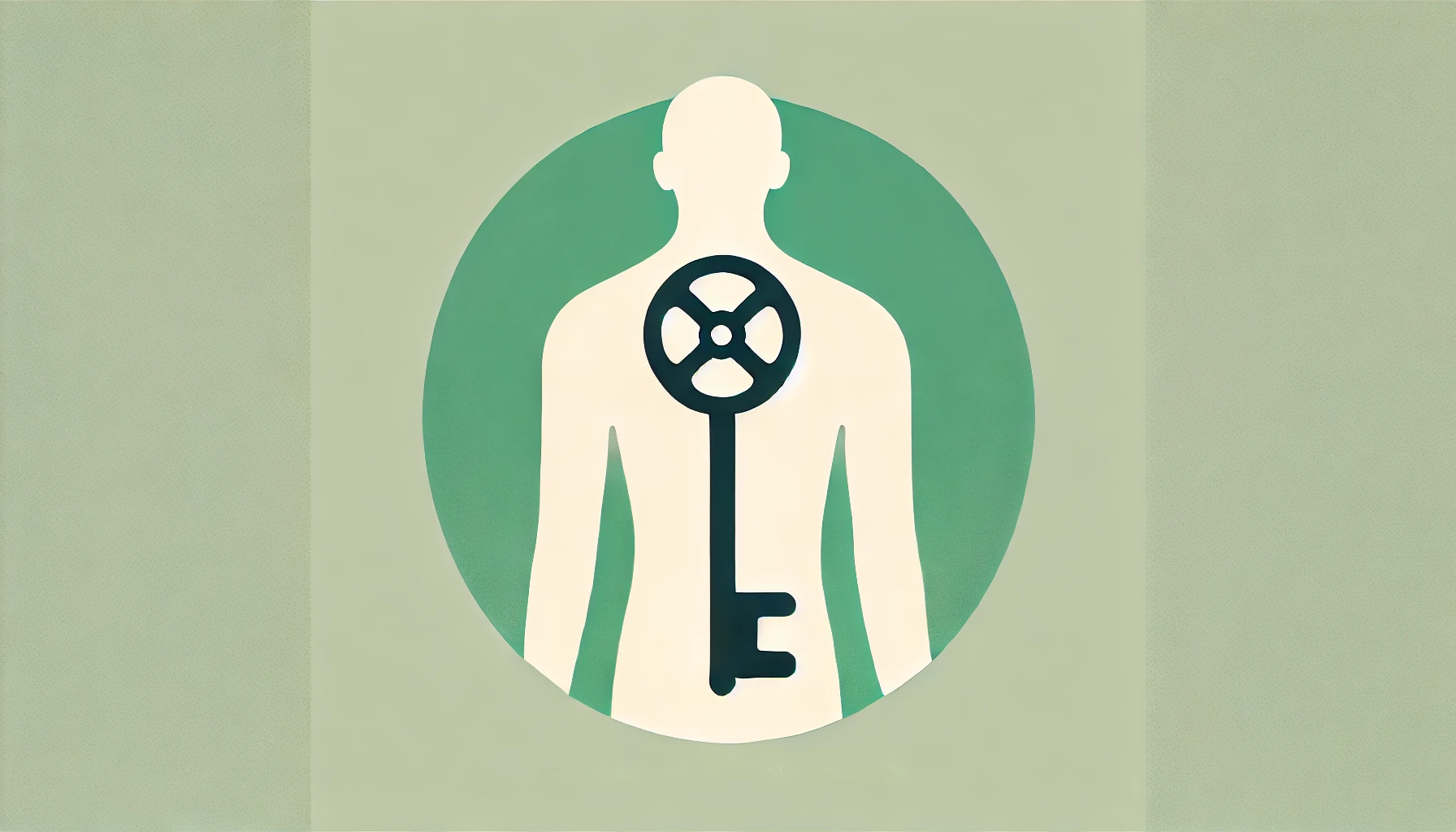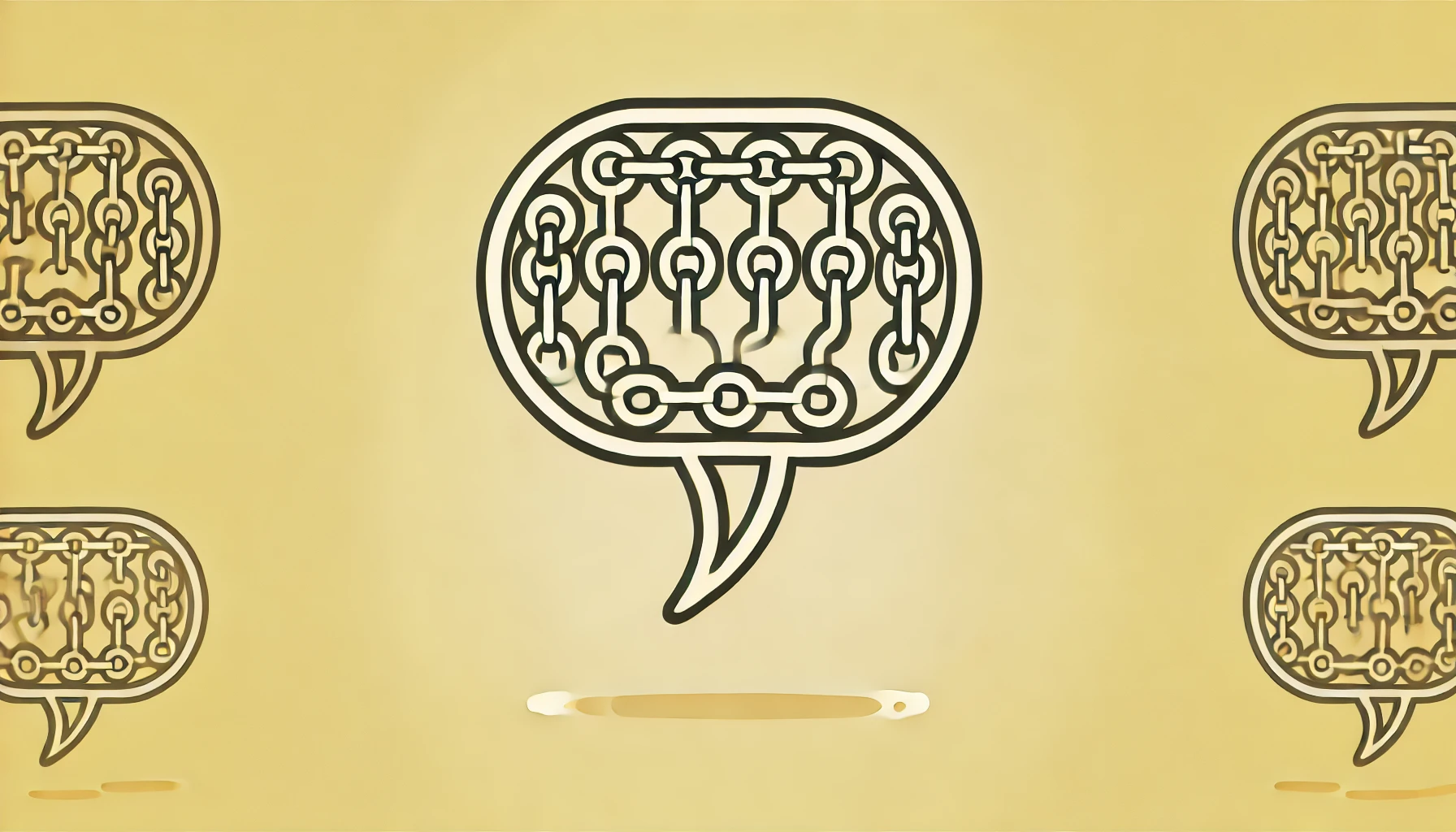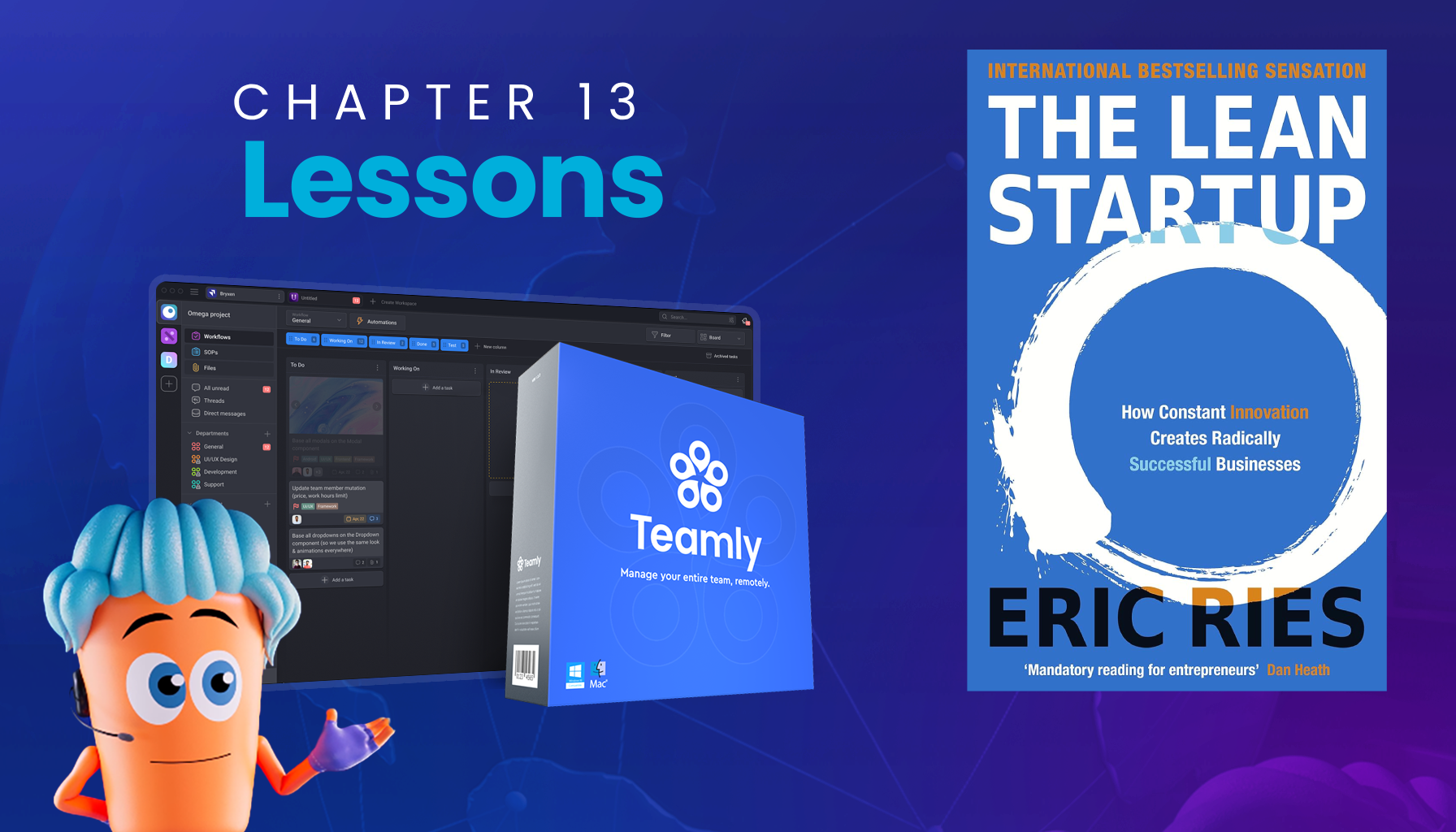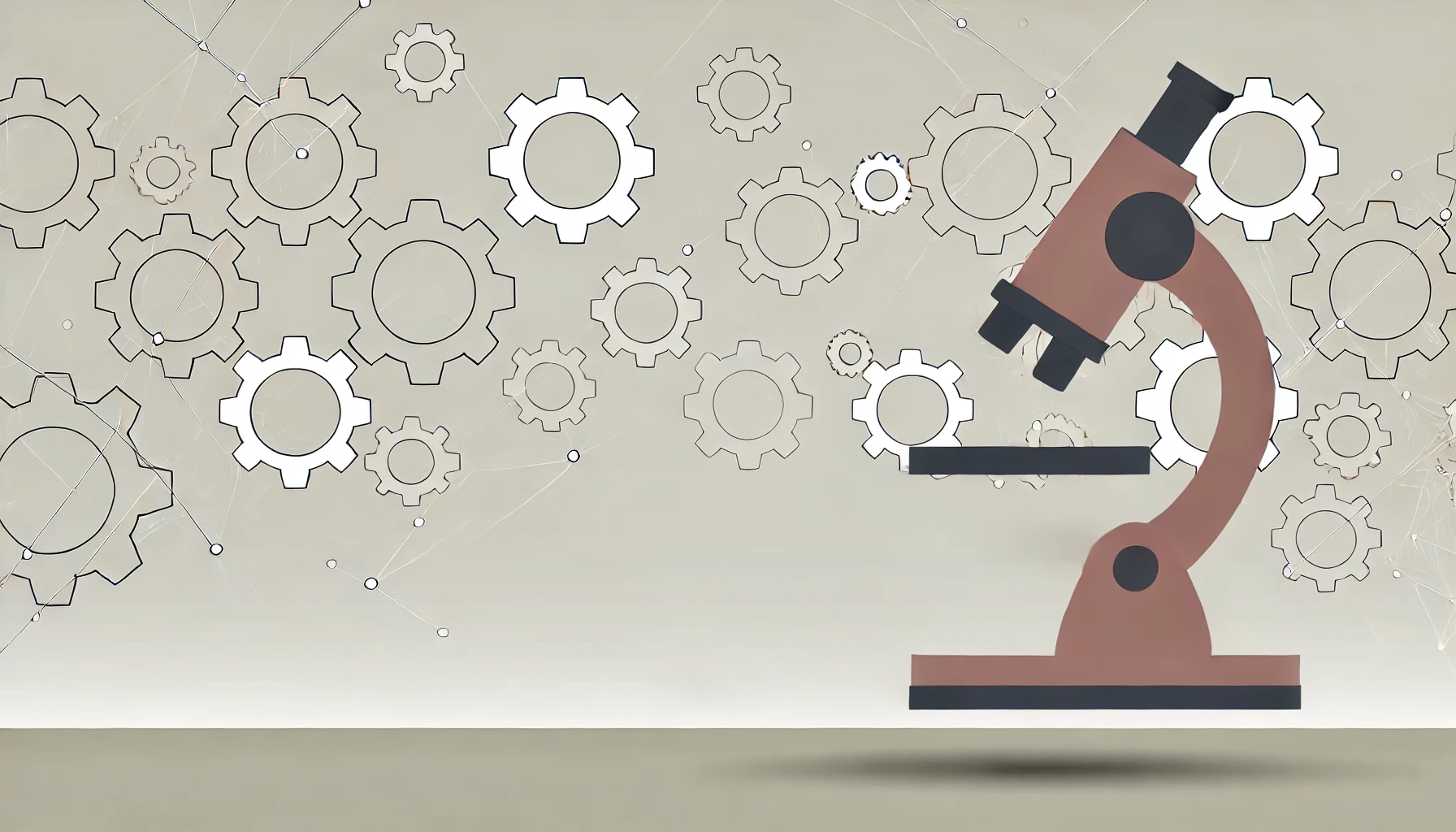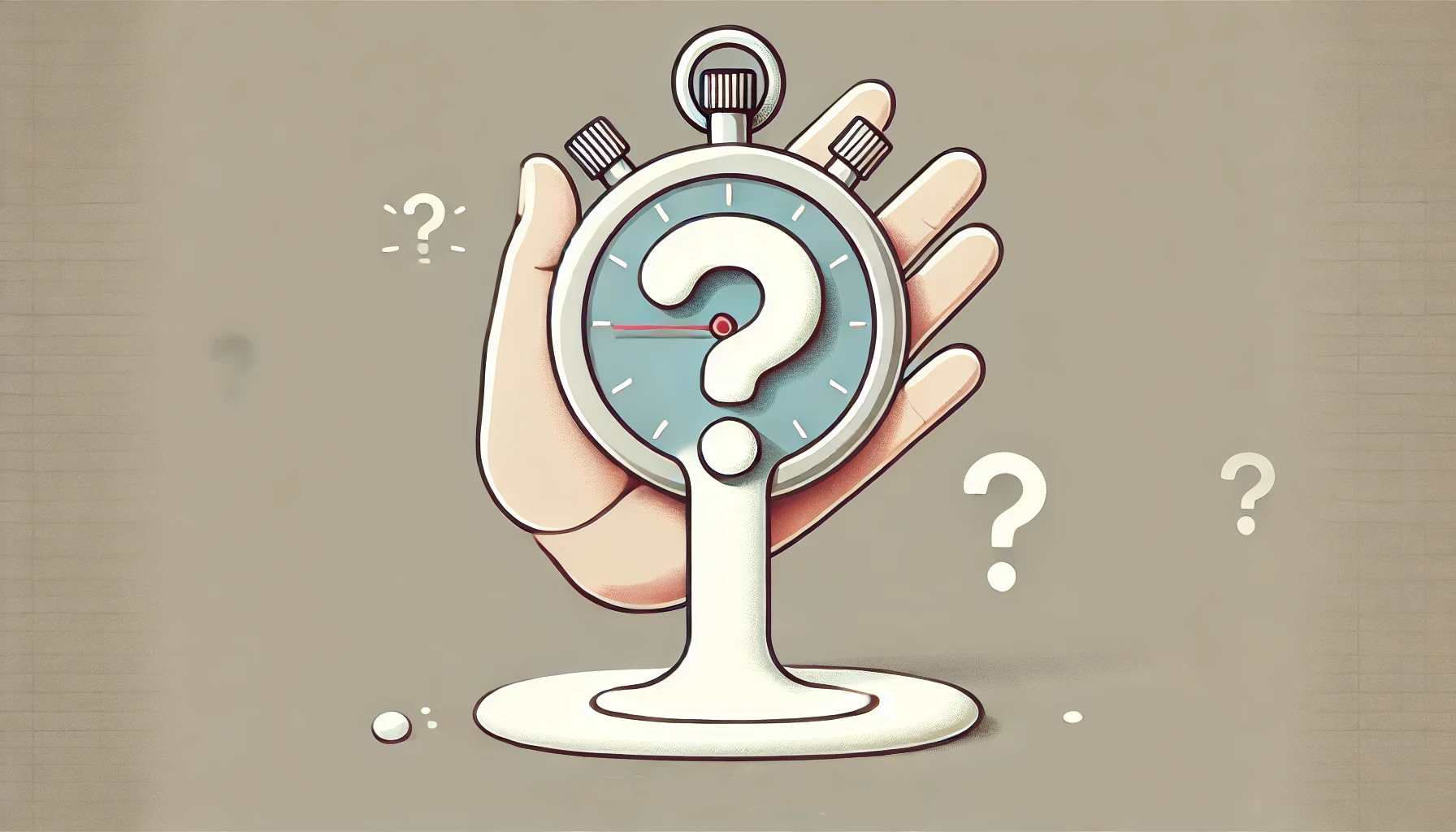Chapter 8 of the newly expanded Influence by Robert Cialdini highlights one of the most absorbing concepts in the book: the principle of Unity.
It demonstrates how groups can operate at a deeper level than mere familiarity, blending identities into a single, shared “we.” This post offers a brief overview of Unity’s foundational ideas, fascinating research findings, and powerful applications for both individuals and organizations.

Part 1: Foundational Concepts of Unity
The Nature of Unity
Unity goes beyond liking or common interests. It is driven by a sense of oneness—people feel that members of a certain group share the same core identity.
The essence of Unity resides in the belief that “The ‘We’ is the Shared Me,” pushing individuals to act instinctively in support of their in-group.
This internalized connection often functions on an unconscious level, bypassing deliberate evaluation or cost-benefit analysis. Once a sense of Unity forms, group members are compelled to prioritize each other’s interests in a more profound and long-lasting way.
Psychological Mechanisms
Unity’s influence emerges from System 1 thinking, the more automatic part of cognition. Studies reveal that when individuals see someone as part of their “we,” the brain’s reward centers activate.
Shared group experiences can synchronize neural patterns, guiding people toward spontaneous cooperation and trust. Such emotional bonds surface quickly and can remain intact despite minimal direct interaction.
The underlying factor is the feeling of an intertwined identity, where a benefit for one person is perceived as a benefit for the entire group.
Evolutionary Basis
Evolutionary psychology suggests that Unity stems from small-group survival mechanisms.
Early humans depended on tight-knit communities to endure threats and scarcity. Favoring those who were part of the same group could mean the difference between life and death.
This legacy explains modern in-group biases, where people experience a natural inclination to protect and help those who are perceived as belonging to the same tribe.
Over time, these connections extended beyond direct kin to include friends, neighbors, and even colleagues who embrace shared goals and values.

Part 2: Research Evidence and Case Studies
Laboratory Studies
Synchronized Activity Research
German researchers found remarkable effects of synchronized activity in a study involving 4-year-olds.
One group of children walked and sang together in rhythm, while a control group engaged in simple, nonsynchronized walking.
The result was a threefold increase in spontaneous helpful behavior among the synchronized group. No one explicitly told these children to be more helpful—yet the unity formed through shared rhythm triggered deeper cooperation almost immediately.
Table Tapping Experiment
Another experiment paired participants to tap a table in a rhythm. Some pairs were coordinated, while others were out of sync.
Observers noted that nearly half (49%) of those in the synchronized group offered assistance in subsequent tasks, compared with only 18% in the non-synchronized condition.
The heightened cooperation persisted beyond the tapping exercise. This striking difference underscores how quickly unity can form through shared activities.
Neural Synchrony Studies
Research on brain wave patterns provides further insight into how collective identity can shape behavior.
Groups engaged in shared tasks tend to display synchronized brain activity, a measurable indication that unity has been established at a physiological level.
This alignment can enrich communication, streamline group decision-making, and even influence how memories are formed. It reveals that Unity is not just a theoretical concept; it is an embodied and measurable phenomenon.
Real-World Case Studies
Boston Marathon Bombing
The immediate solidarity that emerged after the Boston Marathon bombing shows the power of shared identity.
Residents and spectators from all walks of life adopted a unifying “Boston Strong” rallying cry.
Reports noted a surge in mutual aid, donations, and moral support. These acts were neither coordinated by a centralized authority nor motivated by tangible rewards. Instead, individuals were propelled to act because they felt an almost familial bond with each other in the wake of the tragedy.
Choctaw-Irish Connection
A historical illustration of Unity can be found in the link between the Choctaw Nation and the Irish people.
Despite their own hardships, the Choctaw donated funds to aid the Irish during the potato famine of 1847.
Many years later, during the COVID-19 pandemic, the Irish reciprocated with donations to Native American communities. This reciprocal compassion across generations shows how deep and long-lasting Unity can be when built upon shared empathy and goodwill.

Part 3: Practical Applications
Organizational Implementation
Modern workplaces can benefit greatly from fostering Unity.
Companies that devote time to team-building exercises, group challenges, and collaborative problem-solving often enjoy higher morale and productivity.
Shared tasks help employees see themselves as part of a collective unit, ready to go the extra mile to meet common goals. Physical workspaces designed for open communication, as well as shared reward structures, amplify this effect.
In addition, integrating ethical guidelines is paramount. Organizations that make it clear that belongingness never justifies unethical actions tend to maintain trust both internally and externally.
This involves establishing boundaries and holding everyone accountable to agreed-upon standards—no matter how tight the group may be. Regular reminders, performance reviews, and even public commitments reinforce a culture where Unity thrives without compromising moral integrity.
Cross-Group Unity Development
For families and communities, creating opportunities for shared experiences is a direct way to nurture long-term social bonds.
Community events, group projects, and volunteer activities encourage individuals from different backgrounds to learn from each other.
Simple acts such as organizing neighborhood clean-ups or collaborating on local initiatives can break down superficial barriers.
The same approach applies in educational contexts, where group-based projects help students form meaningful relationships across class or cultural lines. These shared activities can deepen empathy, reduce prejudice, and foster lasting connections.

Part 4: Challenges and Limitations of Unity
The Dark Side of Unity
Unity can become counterproductive if groups shield unethical behavior. Labor unions sometimes prioritize membership loyalty above honesty, rationalizing wrongdoing to protect insiders.
In religious organizations, unity-based loyalty may deter individuals from reporting abuse within the hierarchy. These actions can erode trust over time, damaging both the group’s reputation and its capacity to serve members authentically.
Group-think is another negative manifestation. Overemphasis on harmony can stifle dissent and critical thinking, leading to flawed decisions.
Political parties exemplify this when loyalty to the group overrides the pursuit of truth. The result is often polarization, with extreme perspectives overshadowing balanced debate.
Implementation Challenges
Achieving genuine Unity in large organizations involves overcoming systemic barriers such as traditional power hierarchies, resource limitations, and cultural inertia.
Geographic dispersion among team members can also hinder efforts to create a unified environment. On a personal level, individuals may resist opening up to new groups because of ingrained biases or concerns about losing their established identity. These issues highlight the need for leaders to be intentional and persistent when rolling out unity-focused initiatives.

Part 5: Advanced Applications
Therapeutic and Healing Uses
Unity plays a beneficial role in trauma recovery and conflict resolution. Group therapy employs shared experiences to create a safe, supportive environment.
Participants often discover that they are not alone in their struggles, and this acknowledgment transforms healing into a group process rather than a solitary task. Communities recovering from natural disasters or violence use the same principle to rebuild social cohesion and collective resilience.
In conflict resolution, mediators commonly encourage parties to identify shared goals.
Whether it’s local community disputes or broader peace-building efforts, acknowledging overlapping interests paves the way for unity-based solutions. It helps reduce the hostility that arises from an “us vs. them” mindset, fostering an environment in which collaboration can flourish.
Business and Professional Applications
Organizations can harness Unity for effective customer relationship management.
By focusing on community building and shared values, brands cultivate a sense of belonging that inspires long-term loyalty. Initiatives such as co-creation programs—where customers help develop product ideas—strengthen that unity-based bond.
Meanwhile, behind the scenes, cross-functional collaboration and mentorship programs allow employees to see each other as part of a larger, cohesive group rather than isolated departments.
Leadership strategies that highlight mutual inclusion can also be transformative.
Unity-centered management ensures that every team member’s voice is heard, fostering an environment where new ideas and constructive feedback are both welcomed. The principle of Unity urges leaders to align objectives and values at every level of the organization, enhancing morale and driving better results.
Part 6: Future Directions
Research Opportunities
Scientists continue to explore the neural basis of collective behavior, seeking to understand how shared activities can synchronize everything from emotional responses to decision-making processes.
As neuroscience tools become more advanced, future investigations may offer even deeper insights into how unity affects empathy, memory, and group performance.
Researchers are also developing improved measurement techniques, such as social network analysis and physiological markers, to assess how unity evolves over time in different environments.
Practical Developments
Technology stands poised to reshape Unity in the coming years.
Virtual collaboration platforms and online events open new avenues for synchronous engagement. In remote work settings, software solutions like Teamly help teams coordinate tasks and sustain cohesion, even across distances.
Meanwhile, data-driven analytics can measure levels of group engagement and help leaders fine-tune initiatives to optimize collaboration.
On a cross-cultural scale, global exchanges, language-learning communities, and international projects encourage broader notions of Unity that transcend traditional geopolitical boundaries.
In local contexts, the inclusion of indigenous knowledge and grassroots involvement fosters a bottom-up approach. Through these emerging practices, Unity continues to expand its reach, bridging gaps that once seemed impassable.
Where to Get the Book:
Get your copy of the new and expanded edition of Influence by Robert Cialdini on Amazon
